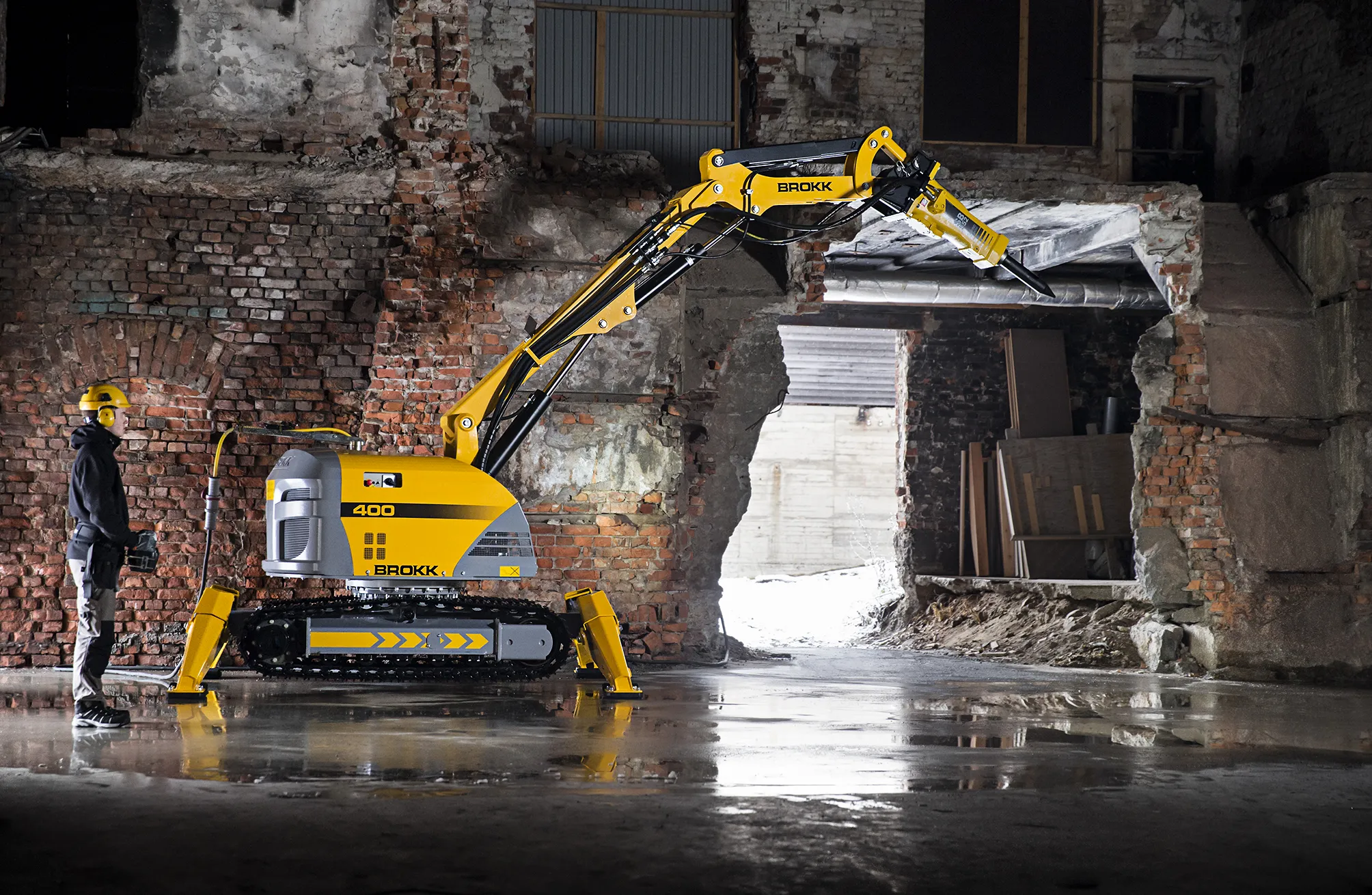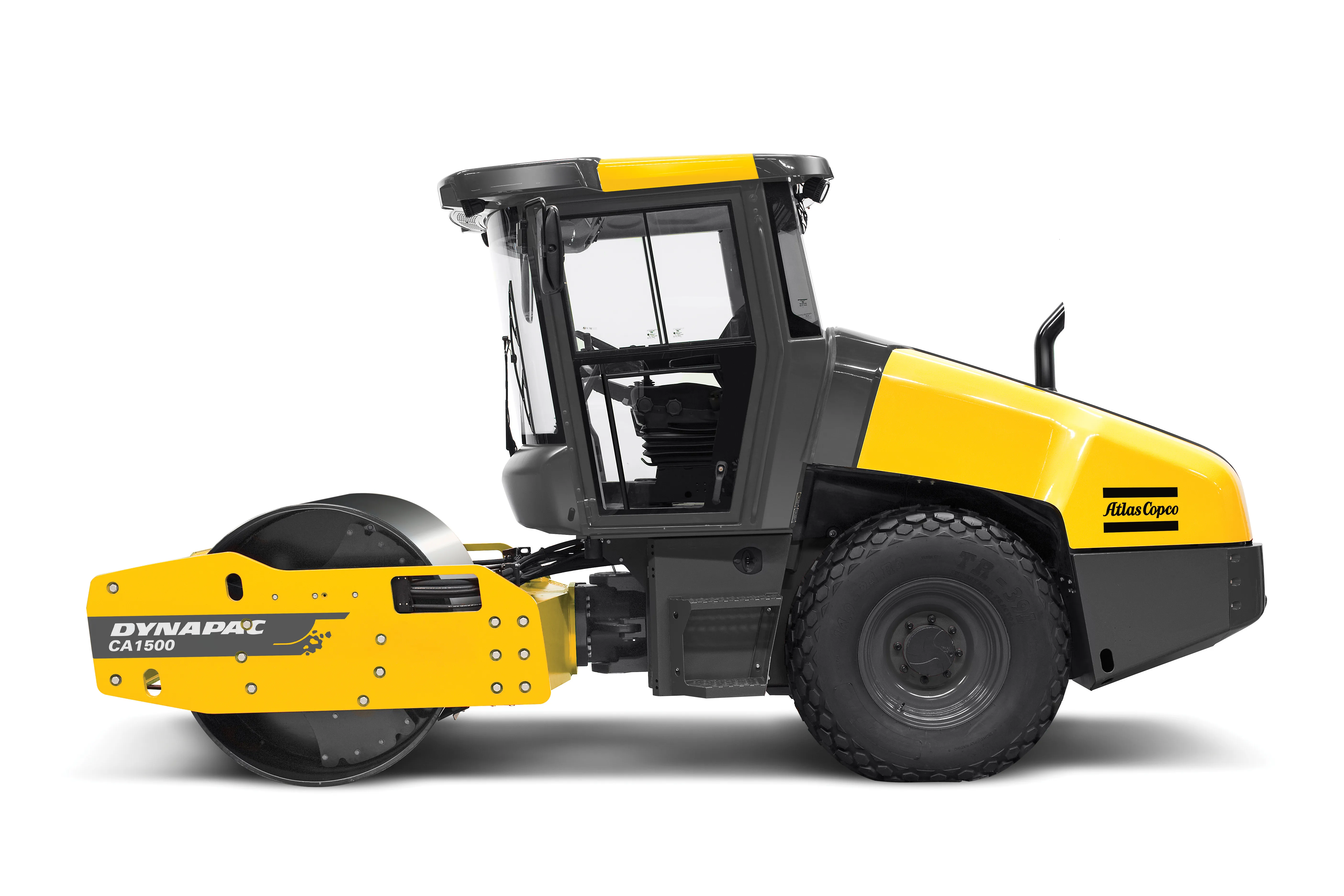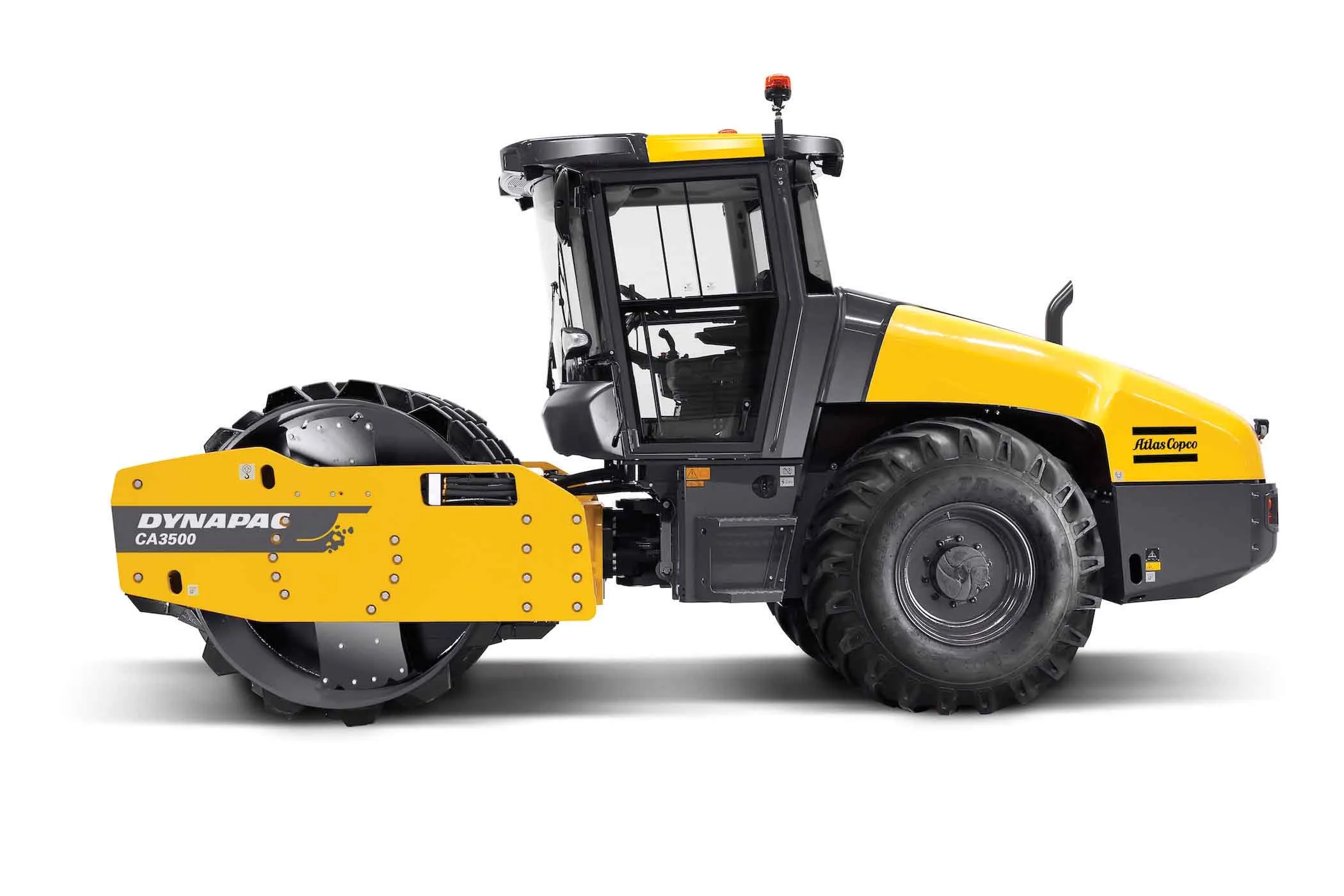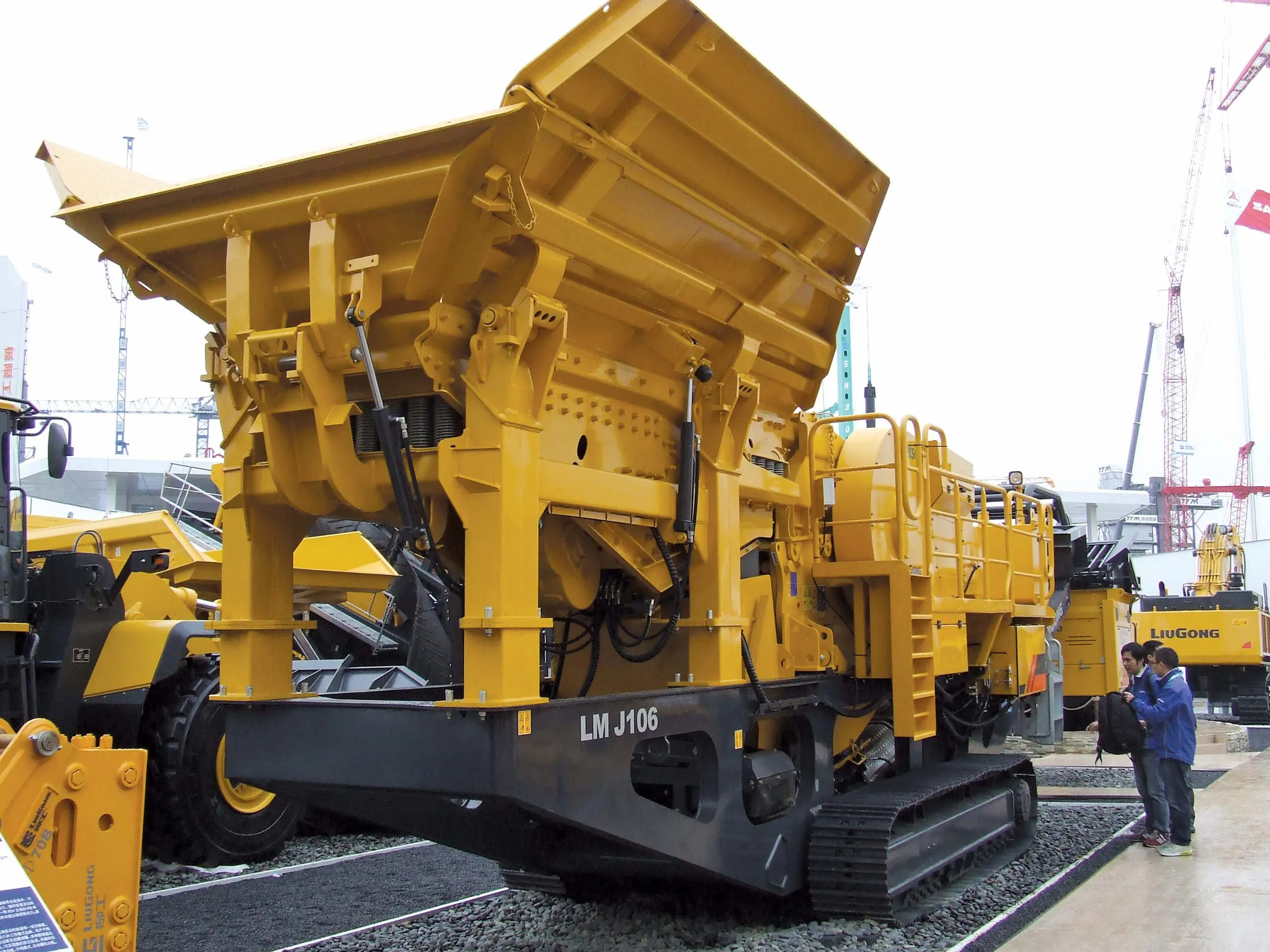
The upgraded electric Brokk 400 demolition tool now benefits from a larger undercarriage for heavy-tracking applications. This remote-controlled demolition machine also has a new hydraulic system, with more efficient fluid flow when the machine is operating a drill attachment.
The new 400 model machine features a bigger drive axis, rollers and sidetracks. The new tracks are 10% longer than before, improving wear life for machines used in applications that require a lot of tracking and provides up to 60% greater stability when operating with heavier attachments.
In addition, the machine’s outriggers are said to provide a wide base that evenly distributes weight and provides even more stability. The new
When fitted with
The machine features a three-part boom that can operate at angles of up to 30° and reach 6.7m horizontally and 7.3m vertically. The remote-controlled boom allows operators to stand a safe distance away. The company also builds custom machines with special equipment such as cameras, extended arms, side-angling devices and cable drums.









